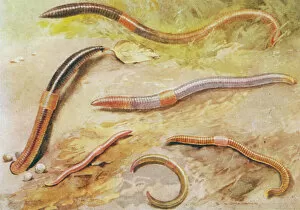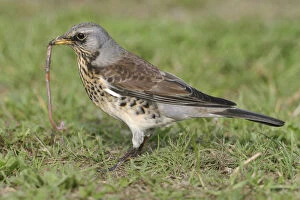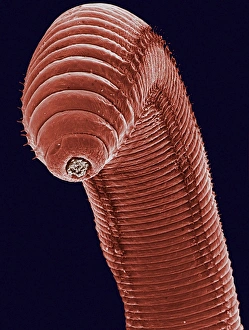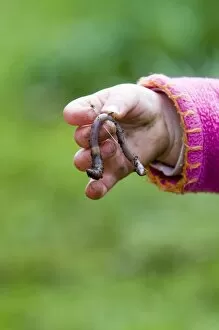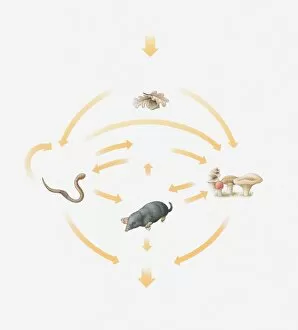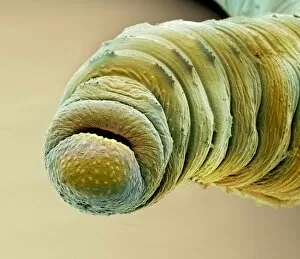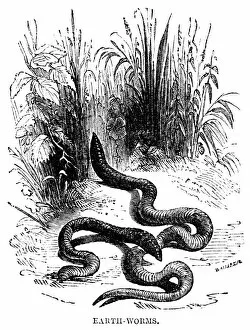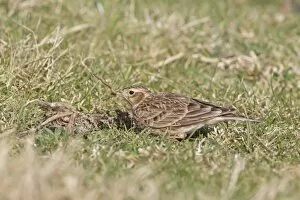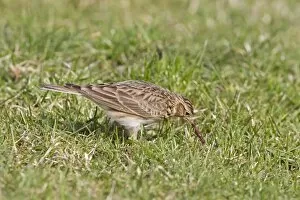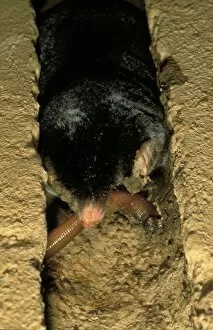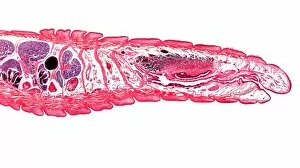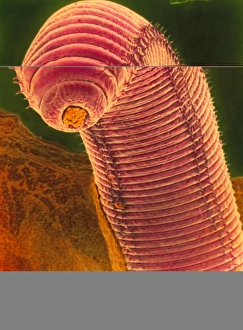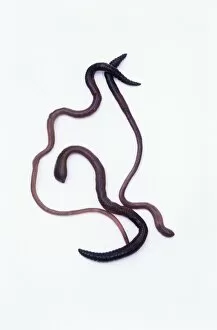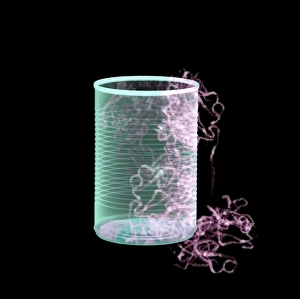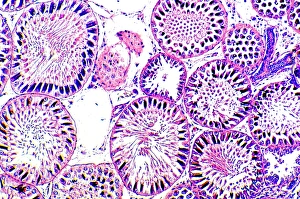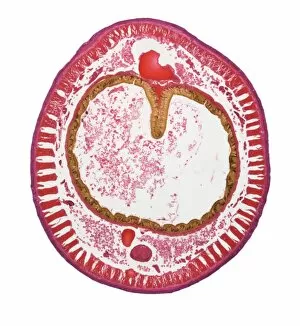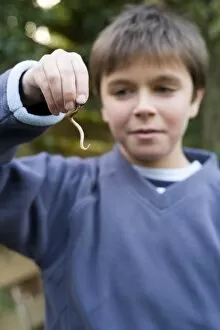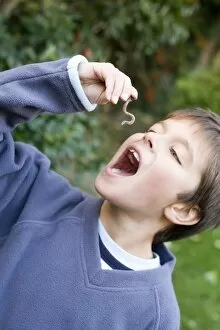Earth Worm Collection
The humble earthworm, a fascinating creature that plays a vital role in our ecosystem
All Professionally Made to Order for Quick Shipping
The humble earthworm, a fascinating creature that plays a vital role in our ecosystem. British Earthworms 20C showcases the diversity of these wriggly wonders found in the UK. In Norfolk's spring garden, a curious toddler delicately holds an earthworm, discovering nature's treasures at such a tender age. Meanwhile, in the Netherlands, a Fieldfare bird feasts on an earthworm with great delight. This captivating sight reminds us of the interconnectedness between species and their reliance on each other for survival. A cross-section illustration reveals beetles, snails, earthworms, slugs, and ants working together in harmony as part of the decomposition cycle, and is awe-inspiring to witness how these tiny creatures contribute to breaking down organic matter and enriching our soil. Zooming in closer through SEM images of an earthworm's head brings its intricate features into focus. The detailed line engravings from the 19th century further emphasize humanity's long-standing fascination with this remarkable creature. In Suffolk's countryside, we witness nature at work once again as European Blackbirds and Skylarks diligently collect earthworms to feed their hungry chicks. These scenes remind us that even seemingly small actions have significant impacts on nurturing new life. The world beneath our feet is teeming with life thanks to these unsung heroes – earthworms. They tirelessly till our soil and improve its fertility while serving as essential food sources for various animals. Let us appreciate their silent but invaluable contribution to maintaining balance within our delicate ecosystem.

